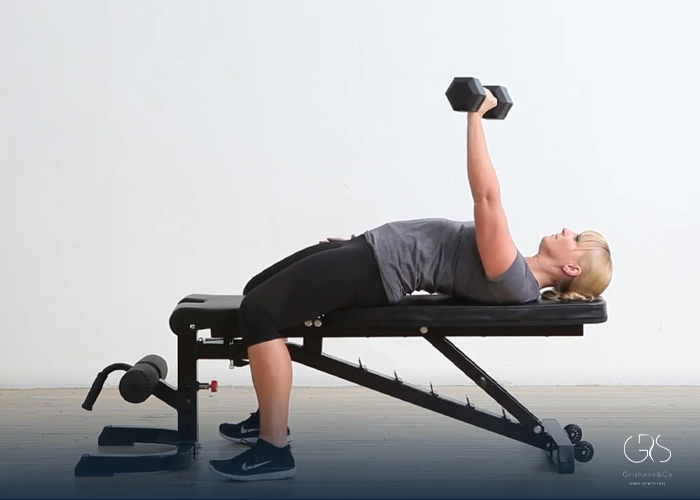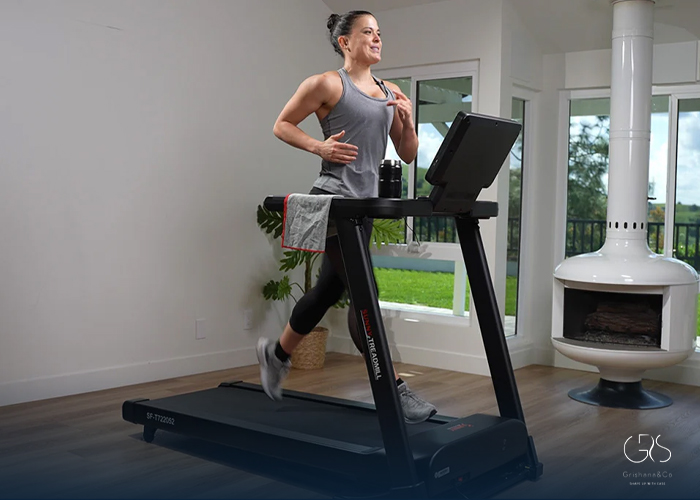Effective strength training requires a focus on specific muscle groups to achieve your desired physical goals. Push-ups are an excellent exercise for building upper body strength. This timeless exercise is a staple in many fitness routines, making it an essential addition to any upper body workout regimen. In this article, we will explore the targeted muscles of push-ups, the benefits of incorporating push-ups into your fitness routine and diverse perspectives on the impact of push-ups on your physical well-being.
Targeted Muscles
Push-ups are primarily targeted to the chest, shoulders, and triceps. Let us take a closer look at each of these muscle groups:

- Chest: Push-ups primarily engage the pectoralis major and minor muscles, which are the two main muscles of the chest. These muscles are essential for various upper body movements and are crucial in building and maintaining upper body strength.
- Shoulders: During push-ups, the anterior deltoids, or the front part of the shoulder muscles, are heavily engaged. Strengthening the shoulders can help to improve shoulder stability and increase mobility.
- Triceps: The triceps, located at the back of the upper arm, are the primary movers during the pushing action of the push-up exercise. Strengthening the triceps is crucial for improving overall upper body strength.
By targeting a combination of these muscle groups simultaneously, push-ups are considered a compound exercise, making them an efficient and versatile exercise for achieving optimal muscle development.
Benefits of Push-Ups
In addition to targeting specific muscle groups, push-ups have a multitude of benefits. These benefits include:

- Convenience: Push-ups can be done anywhere, requiring minimal equipment. Whether you are travelling or training from home, push-ups are a straightforward exercise that can be incorporated into any routine with ease.
- Accessibility: Push-ups can be modified to accommodate different fitness levels, making them accessible to a wide range of individuals, from beginners to advanced athletes. For example, modified push-ups can be done on your knees, making this exercise much more accessible for those starting.
- Core Strength: Research has shown that push-ups can improve core strength and stability, as the abdominal muscles are engaged to maintain a straight body position during the exercise.
- Rehabilitation: Within the context of physical rehabilitation, push-ups can be effective in helping individuals recover from certain types of shoulder injuries and improving overall upper body mobility (National Center for Biotechnology Information.
Diverse Perspectives
From a fitness perspective, push-ups are regarded as an efficient and versatile exercise for upper body strength and endurance development. This exercise is integrated into many bodyweight routines, including yoga and Pilates. By activating multiple muscle groups simultaneously, push-ups improve overall body awareness, making it an important addition to any fitness regime.
Furthermore, within the context of physical rehabilitation, push-ups have been recommended as part of the rehabilitation program for those recovering from rotator cuff tears and other types of shoulder injuries (National Center for Biotechnology Information. Push-ups can improve upper body function by strengthening weakened muscles, enhancing overall mobility and stability.
Conclusion
Push-ups are a versatile exercise that can challenge and develop multiple upper body muscle groups. By adding push-ups to your fitness regime, you can enjoy the many benefits of this effective strength-building exercise. The accessibility of this exercise makes it a perfect addition to any routine where getting to the gym may not be possible. As always, ensure that you talk to a medical professional before starting any physical exercise to ensure that it suits your personal requirements.
Sources
- National Library of Medicine, Effect of the push-up exercise at different palmar width on muscle activities
- National Library of Medicine, Shoulder electromyography activity during push-up variations: a scoping review
- Mayo Clinic, Exercises to improve your core strength










